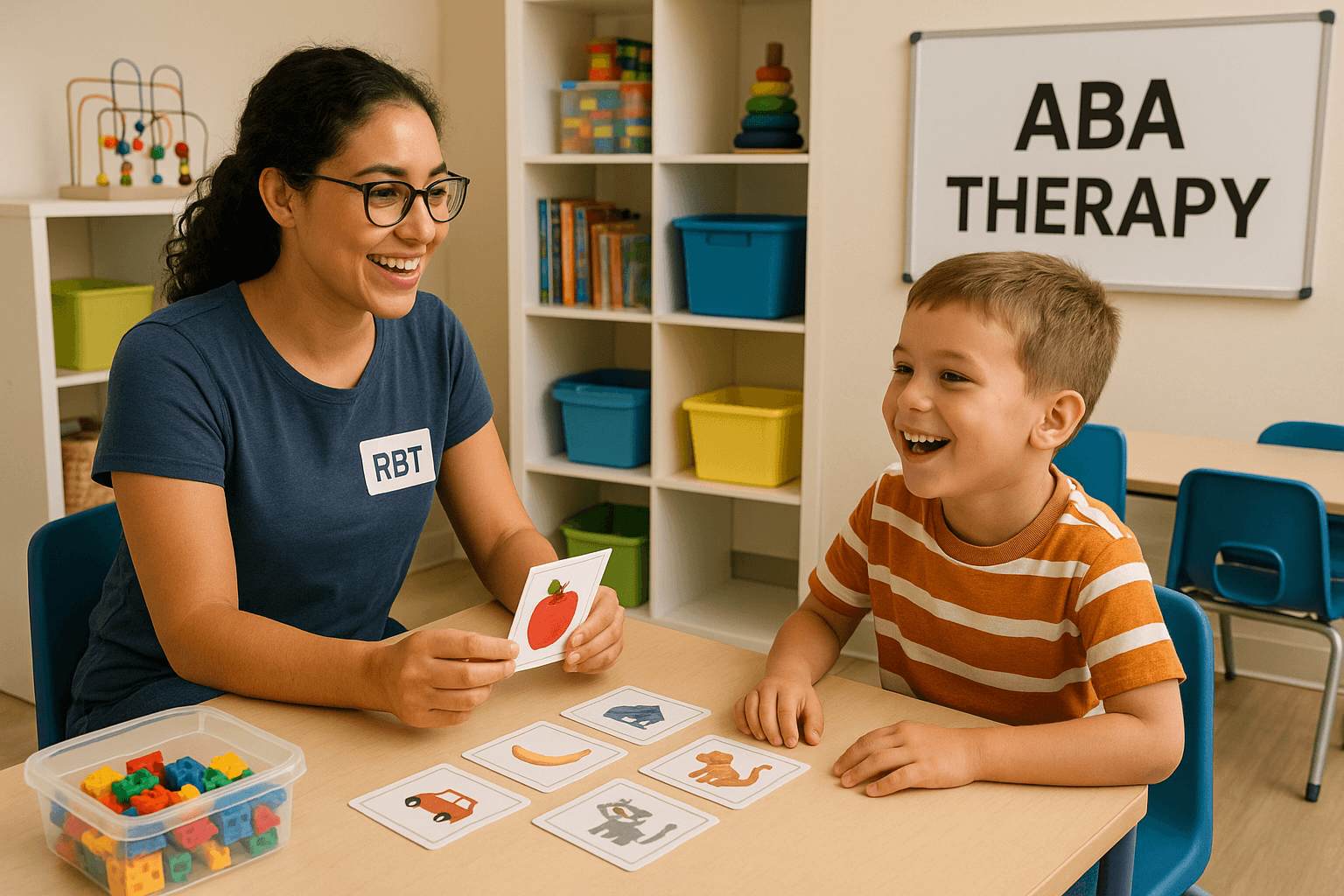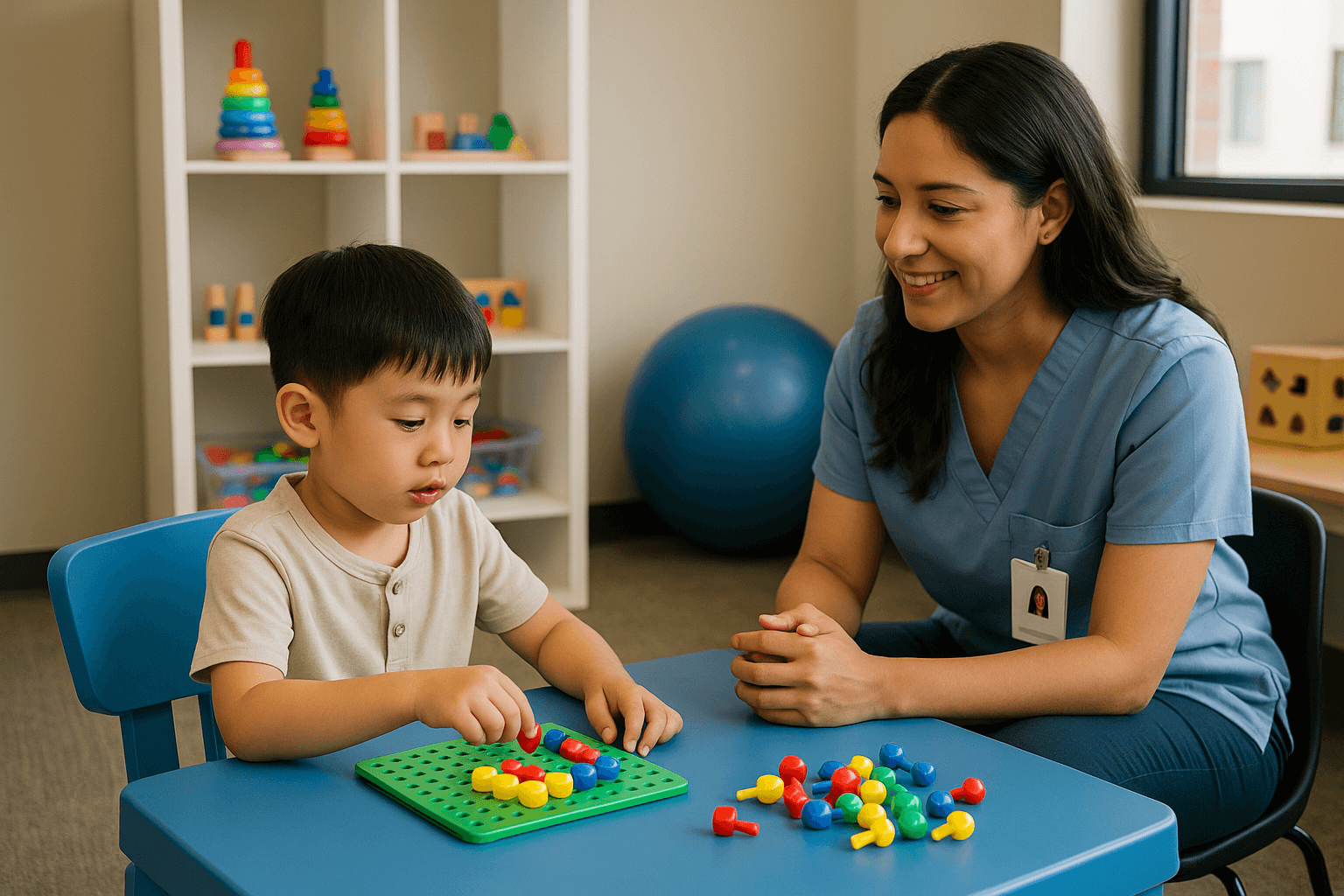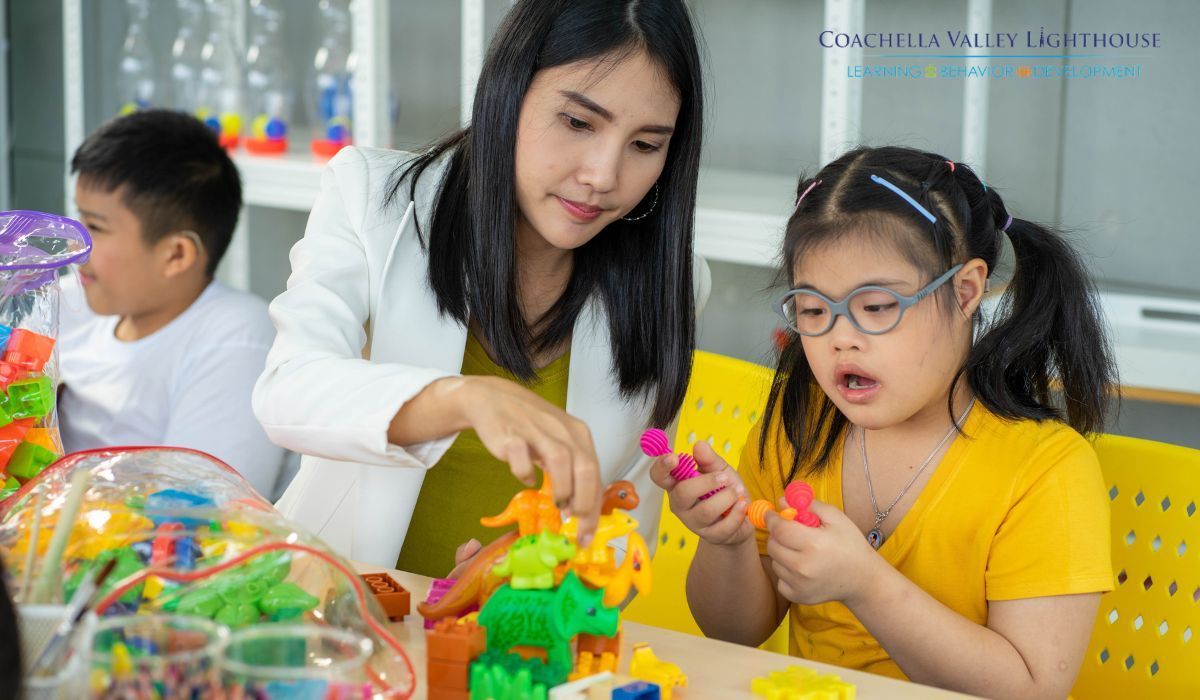How Applied Behavior Analysis (ABA) Can Help Individuals with Autism Develop Toileting Skills
Toileting is an essential skill for individuals of all ages, including those with autism. However, individuals with autism may face unique challenges in developing toileting skills, such as difficulties with communication, sensory sensitivities, and behavioral issues. Applied Behavior Analysis (ABA) is a widely used and evidence-based intervention that can effectively help individuals with autism develop toileting skills. In this blog post, we will explore how ABA can support individuals with autism in developing successful toileting skills, and highlight the key strategies used in ABA programs for toileting.
- Assessment of Skills: The first step in an ABA toileting program is a thorough assessment of the individual's current toileting skills. This may involve observing the individual's behaviors related to toileting, assessing their physical readiness, communication skills, and identifying any barriers that may be hindering their progress. The assessment helps identify the individual's strengths and weaknesses in toileting, and serves as a foundation for developing an individualized toileting program.
- Development of Toileting Program: Based on the assessment, an individualized toileting program is developed using the principles of ABA. This program is tailored to the unique needs and abilities of the individual with autism. It includes specific goals, steps, and strategies to teach and reinforce toileting skills. The program may include techniques such as visual supports, social stories, schedules, and structured routines to help the individual understand and follow the toileting process.
- Use of Positive Reinforcement: ABA emphasizes the use of positive reinforcement to encourage and reinforce successful toileting behaviors. This can include praise, tokens, rewards, or preferred activities as a form of positive reinforcement for using the toilet correctly. The use of positive reinforcement helps motivate and encourage the individual to independently engage in toileting behaviors, and creates a positive association with toileting.
- Addressing Barriers: ABA programs for toileting also focus on identifying and addressing any environmental or behavioral barriers that may be preventing successful toileting. This may include sensory sensitivities, fear or anxiety related to toileting, difficulties with clothing or positioning, or challenges with understanding and following instructions. ABA techniques such as desensitization, visual supports, and systematic desensitization may be used to address these barriers and help the individual overcome challenges.
- Data Collection and Analysis: Data collection and analysis are crucial components of ABA programs for toileting. Data is collected on the individual's toileting behaviors, including frequency, duration, and success rates. The data is analyzed to track progress, identify areas for improvement, and make adjustments to the toileting program as needed. Data-driven decisions help ensure that the toileting program is effective and tailored to the individual's needs.
Toileting skills are important for individuals with autism to achieve greater independence and improve their quality of life. ABA is a proven and effective approach to support individuals with autism in developing successful toileting skills. Through assessment of skills, development of an individualized toileting program, use of positive reinforcement, addressing barriers, and data collection and analysis, ABA can help individuals with autism acquire and generalize toileting skills in a systematic and effective manner.
If you have a loved one with autism who is struggling with toileting skills, consulting with a qualified ABA professional can provide valuable guidance and support. With patience, consistency, and the right strategies, individuals with autism can develop successful toileting skills and achieve greater independence in their daily lives.











